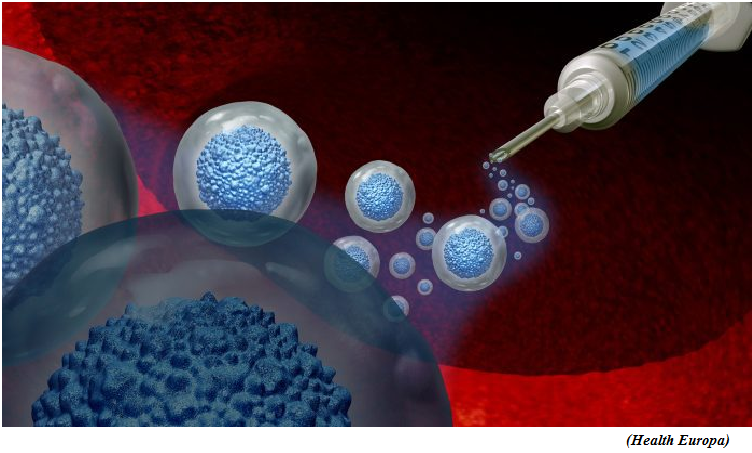1300 year old Buddhist stupa found in Odishas Jajpur (GS Paper 1, Culture)

Why in news?
- Recently, the Archaeological Survey of India (ASI) stumbled upon a 1,300-year-old stupa.
Key Highlights:
- The stupa could be 4.5-metre tall and initial assessment showed that it may belong to the 7th or 8th century.
- The archaeological asset was found at Parabhadi, which is situated near Lalitagiri, a major Buddhist complex, having a large number of stupas and monasteries.
- It has been found right in the middle of a mining site in Odisha’s Jajpur district from where Khondalite stones were supplied for the beautification project around the 12th century Shree Jagannath Temple in Puri.
Khondalite stones:
- Khondalite stones were widely used in ancient temple complexes. The State government had come up with an ambitious plan to spend ₹3,208 crore under the Augmentation of Basic Amenities and Development of Heritage and Architecture (ABADHA) scheme in three years to transform Puri into a world heritage city.
- Khondalite stones are proposed to be used widely to maintain aesthetic value of some projects such as the heritage security zone, the Jagannath Ballav pilgrim centre, Puri lake development project, the Atharnala heritage project and the Matha Development Initiative.
- Sukhuapada was the biggest of six Khondalite stone blocks reserved for the OMC. While Khondalite mining is being undertaken across 78.3 acres at Sukhuapada, other sites include Teligarh (27.5 acres), Gobindpur (20.3 acres), Chandia (4 acres), KundakundiKunda stone quarry (4.67 acres) and Kurumpada decorative stone quarry (1.67 acres) in Khordha district.
What’s next?
- After discovery of the Buddhist stupa from the mining site, the ASI intervened and asked the Odisha government to stop mining through its Odisha Mining Corporation (OMC). The mining has since stopped.
- The newly discovered stupa was possibly disfigured in an earlier period. The ASI would now attempt to fully retrieve the structure’s archaeological heritage, restore it to its original form and undertake protection of the site.
Stem cell transplant curing HIV
(GS Paper 3, Science and Tech)
Why in news?
- Recently, the Düsseldorf patient, a 53-year-old German man, has been labelled as the third person to have been ‘cured of HIV (Human Immunodeficiency Virus)’.
- Even four years after quitting the medication, the virus is still undetectable in his body.
- This has been made possible with a bone-marrow transplant from a person carrying a specific HIV-resistant genetic mutation.

Successful cases:
- Timothy Ray Brown, referred to as the Berlin patient, got two stem cell transplants in 2007 and 2008 to cure his blood cancer, and as a result, he became the first person to successfully overcome HIV. His physicians chose a donor with two copies of the CCR5-delta 32 genetic mutation since the mutation is known to render carriers nearly resistant to HIV. Until his death in 2020 from cancer, he never had HIV.
- Years later, researchers reported similar results in Adam Castillejo, a patient from London, who underwent the same treatment for the first time in 2019. Four years after he stopped using the anti-retroviral medications that regulate the amount of the virus in the body, the Düsseldorf patient, who also received a transplant for blood cancer, has continued to be HIV-free.
- In 2022, there were two further cases of "The City of Hope patient" and "New York patient."
CCR5 mutation and how does it work against HIV?
- The CD4 immune cells in the human body are the primary targets of HIV, which makes it harder for a person to fend against secondary infections.
- The HIV virus enters the body through the CCR5 receptors on the surface of CD4 immune cells. However, the CCR5-delta 32 mutation blocks the formation of these surface-bound HIV viral receptors, by effectively closing the passage.
- Just one per cent of the world's population has the CCR5-delta 32 mutation in two copies, which means they acquired it from both parents. 20 per cent of people, mostly those of European heritage, have the mutation in one copy. Those who carry the mutation are therefore almost resistant to the virus.
Are transplants a solution to the HIV crisis?
- Finding a compatible donor in the first instance would be extremely challenging given the mutation's rarity and the almost 38.4 million individuals living with HIV worldwide, according to the World Health Organisation (WHO).
- The donor pool for many, especially those from nations with high HIV prevalence, reduces even more when the mutation occurs mostly in Caucasians.
- Yet, experts think it is extremely improbable that bone marrow transplants could be made available to everyone with HIV, even if donors were to become available.
- This is due to the fact that it is a significant surgery with significant dangers, particularly the chance of the recipient rejecting the given bone marrow.
- Also, there is a chance that the virus will evolve and find new ways to infiltrate cells.
What are the currently available treatments for HIV?
- Despite the fact that there are currently no treatments for the infection, antiretroviral medication can be used to control the disease. These drugs prevent the virus from replicating within the body, enabling the number of CD4 immune cells to increase once more.
- Although the government's programme used to solely provide medications to people with low CD4 counts, it now supports anybody who has been diagnosed with HIV.
- As the virus is still present in the body's reservoirs, the medications must be taken for the rest of one's life. The virus can once more begin multiplying and spreading if the medications are stopped. It is less likely for someone to spread the virus when viral levels are low.



